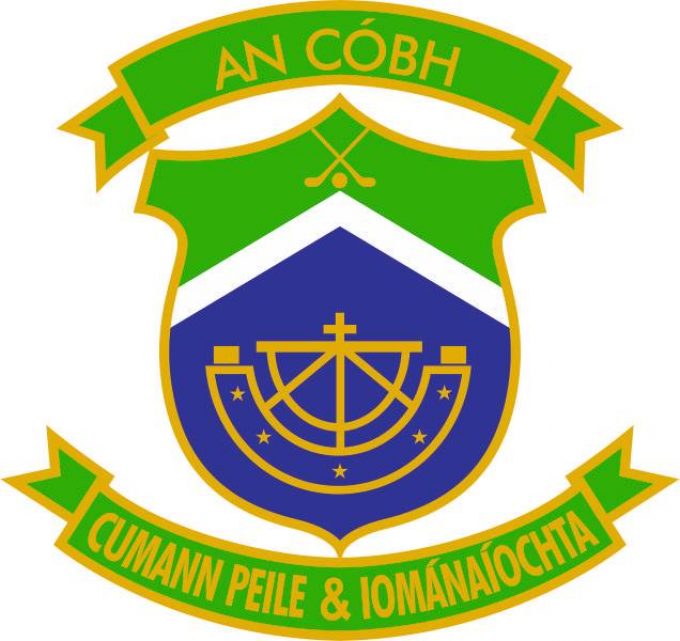November 1884 saw the founding of the G.A.A. in Hayes’ Hotel Thurles and by 1886 Cork County had been organised with over 20 clubs affiliating to the association. They were Blarney, Cork Nationals, Clondulane, Cobh, Little Island, Ballygarven, St. Finbarrs, Macroom, Knockaney, Ballyhea, Midleton, Carrigaline, Aughbullogue, Glanmire, Lisgoold, Ballincollig, Knockraha, Carrignavar, Riverstown, Kinsale and Inniscarra.
It would appear from reports of Gaelic activities after the founding of the G.A.A. that Hurling and Football in Cobh were catered for by different clubs in the Great Island about that time. Such teams included: Cobh Michael Davitts, Napper Tandy Club in Ballymore, Cobh Fiach McHughs, The Gerldines (combination of Fiach McHughs and Napper Tandy’s) The Cobh Nationals and Cove Gaelic Football Club.
At this time it would appear that the various Gaelic Clubs in the great Island decided to pool their resources because we find the Cobh Hurling Club being established in 1905!
The Forties
In 1905 John O Connell was Chairman and appears to have been the leading light from then on all local gaelic affairs until he was callously murdered by British troops on 29th May 1921. The newly established club earned widespread fame for though never winning a county title, it won itself resepect throughout County Cork and engaged in championship and tournament games against senior clubs with reasonable success.
It became popularly known as “The Forties” but for what reason we find difficult to ascertain. One story has it that one summers evening a bunch of young men including known local Hurlers were involved in taking old timber from some derelict houses in Cotterels Row and were seen by the neighbours. Next Sunday when the hurlers were lining out for a match some people from the Eastern end of the town who were among the spectators started a chant “Come on the forty thieves” no doubt ribbing the players over the incident in Cotterels Row. The slogan took on but the thieves part was dropped and the forties is still used to the present day.

